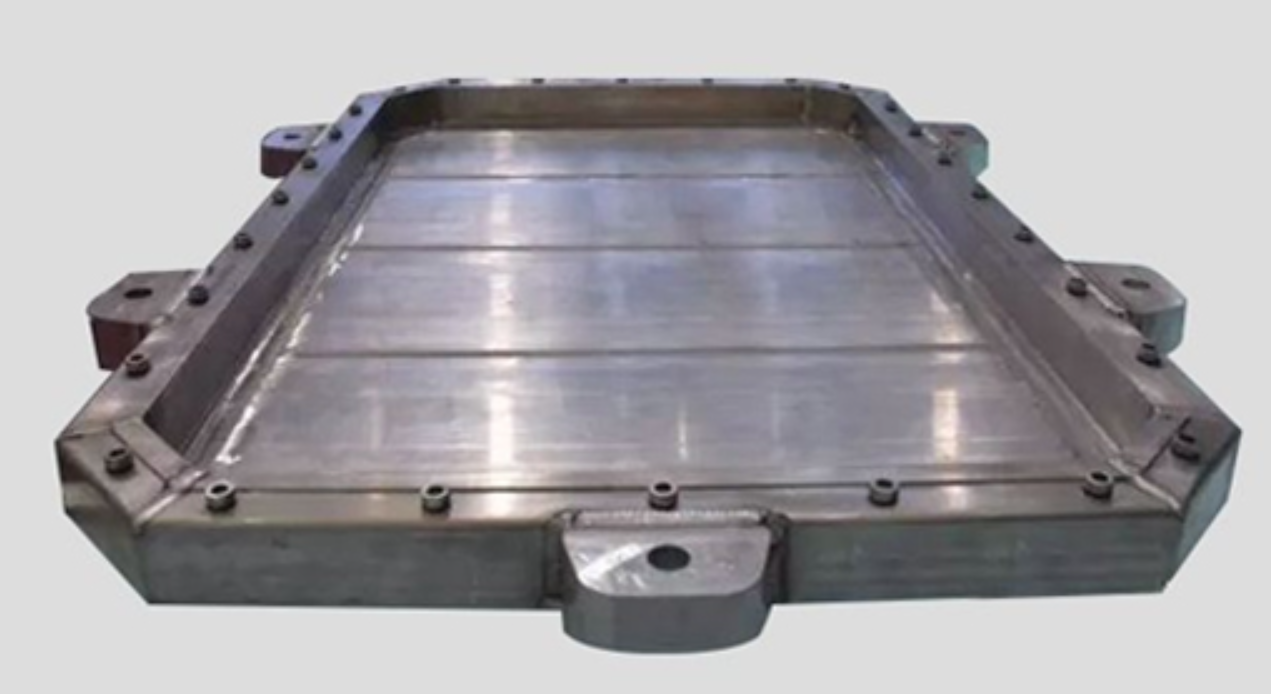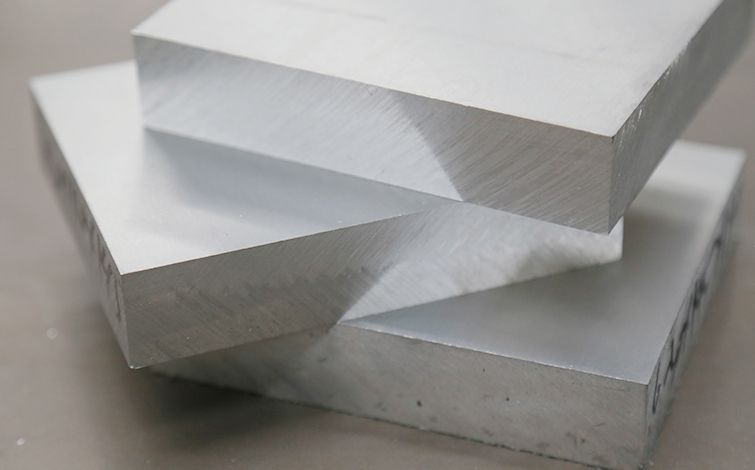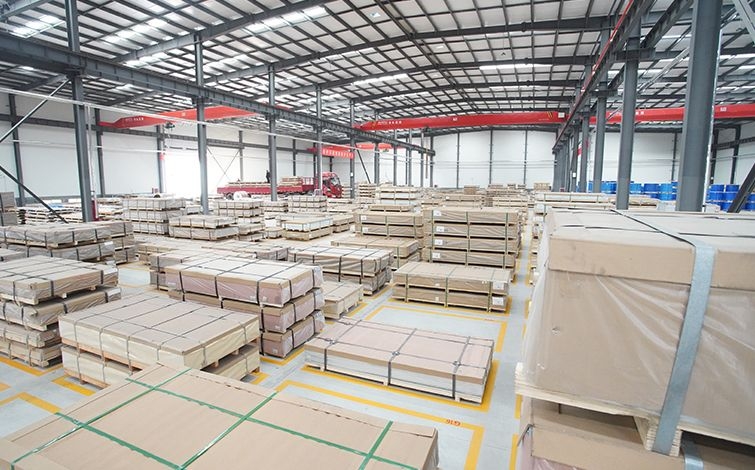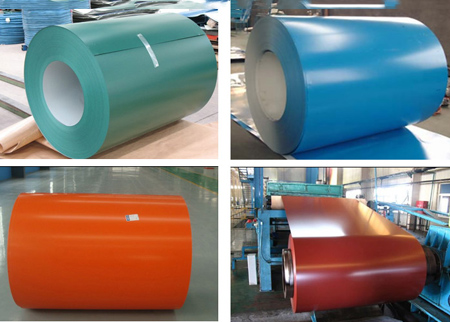



This article is going to discuss on the differences between anodising and treatment processes for aluminium discs. Anodising is the electrochemical oxidation of a metal or alloy. The process of forming a layer of oxide film on aluminium products (anodes) under the corresponding electrolyte and specific process conditions, due to the action of an applied current, on aluminium discs. In order to overcome the defects in the surface hardness and wear resistance of aluminium alloys, to expand the range of applications and to extend the service life, the surface treatment technology of aluminium discs has become an indispensable part of the use of aluminium alloys, and anodising technology is the most widely used and most successful.
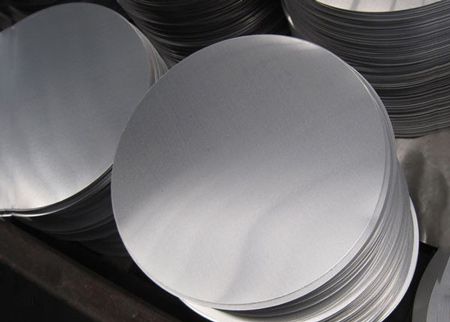
The difference between anodising and non-oxidising aluminium discs.
1. After oxidation, a dense oxide film is generated on the surface of the aluminium disc, so that the aluminium inside does not continue to oxidise. Aluminium without oxidation can easily be corroded in the air, resulting in yellow or black spots, whereas oxidised products will not show this phenomenon when placed in the air for a long time.
2. oxidised aluminium will form a dense oxide film on its surface, so the corrosion resistance will increase, and the melting and boiling points will also increase, which can be used as a heat-resistant material, while the non-oxidised aluminium does not have these properties.
3. oxidised aluminium discs are corrosion resistant and more chemically stable than aluminium because they have a layer of chlorine trioxide oxide film. Also, aluminium and acid and alkali reaction can give off hydrogen gas, aluminium anodised will have no gas.
* Thank you for your inquiry. Please provide your business needs information so that we can better serve you.
This information can help us assign the most suitable person to solve your problem. We will give you feedback within 1-2 working days.
Related Blog
